Growing Aging Population
The demographic shift towards an aging population in the GCC is significantly influencing the neurorehabilitation devices market. As the elderly population increases, the incidence of age-related neurological conditions, such as dementia and stroke, is also expected to rise. This demographic trend necessitates the development of specialized rehabilitation devices tailored to the needs of older adults. Projections indicate that by 2030, the population aged 65 and above in the GCC will account for over 10% of the total population. Consequently, healthcare systems are likely to prioritize neurorehabilitation services, leading to a surge in demand for effective rehabilitation devices. The neurorehabilitation devices market is thus poised for growth, driven by the urgent need to address the rehabilitation needs of this vulnerable population.
Rising Healthcare Expenditure
An increase in healthcare expenditure across the GCC is a significant driver for the neurorehabilitation devices market. Governments and private sectors are investing more in healthcare infrastructure, which includes rehabilitation services. Recent reports indicate that healthcare spending in the GCC is projected to reach $100 billion by 2025, with a substantial portion allocated to rehabilitation technologies. This financial commitment is likely to enhance the availability and quality of neurorehabilitation devices, making them more accessible to patients. As healthcare providers expand their services and adopt advanced technologies, the neurorehabilitation devices market is expected to flourish, reflecting the growing emphasis on comprehensive rehabilitation solutions.
Government Funding and Support
Government initiatives and funding are pivotal in driving the neurorehabilitation devices market. In the GCC, various health ministries are allocating resources to enhance rehabilitation services, recognizing the importance of neurorehabilitation in improving public health. For example, recent budgets have earmarked millions of dollars for the development and procurement of advanced rehabilitation technologies. This financial support not only facilitates the acquisition of state-of-the-art devices but also encourages local manufacturers to innovate and produce competitive products. As a result, the neurorehabilitation devices market is likely to benefit from increased accessibility and affordability of advanced rehabilitation solutions, fostering a more robust healthcare ecosystem in the region.
Technological Innovations in Rehabilitation
Technological advancements play a crucial role in shaping the neurorehabilitation devices market. Innovations such as robotic-assisted therapy, virtual reality, and artificial intelligence are transforming rehabilitation practices. These technologies enhance the effectiveness of therapy by providing personalized treatment plans and real-time feedback. For instance, robotic devices can assist patients in regaining motor functions with precision, while virtual reality environments can simulate real-life scenarios for immersive therapy. The market for these advanced devices is projected to grow at a CAGR of around 20% over the next five years, indicating a robust demand for cutting-edge solutions. As healthcare providers in the GCC increasingly adopt these technologies, the neurorehabilitation devices market is expected to witness substantial growth, driven by the need for improved rehabilitation outcomes.
Increasing Incidence of Neurological Disorders
The rising prevalence of neurological disorders in the GCC region is a primary driver for the neurorehabilitation devices market. Conditions such as stroke, traumatic brain injuries, and neurodegenerative diseases are becoming more common, necessitating effective rehabilitation solutions. According to recent health statistics, the incidence of stroke in the GCC has increased by approximately 15% over the past decade. This growing patient population creates a substantial demand for advanced neurorehabilitation devices, which are essential for recovery and rehabilitation. As healthcare providers seek to improve patient outcomes, investments in innovative technologies are likely to rise, further propelling the market. The neurorehabilitation devices market is thus positioned to expand significantly due to the urgent need for effective treatment options for these debilitating conditions.


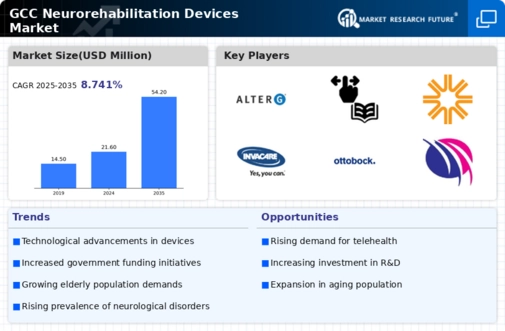
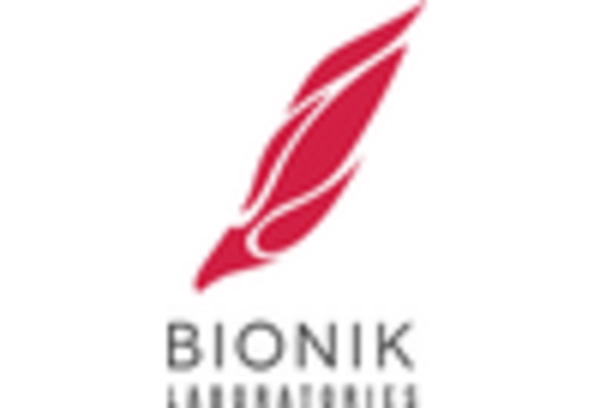
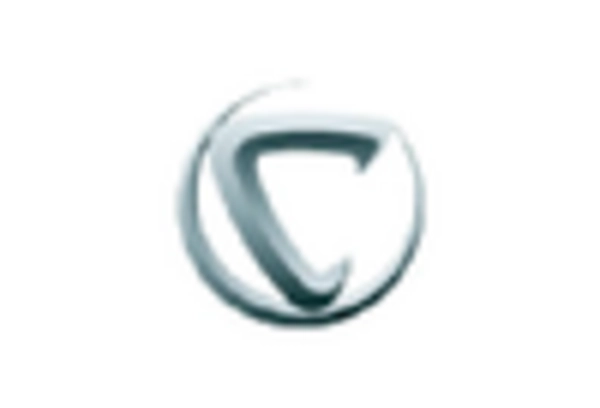
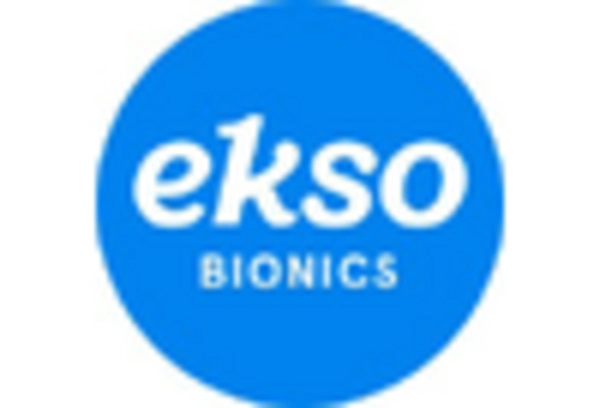
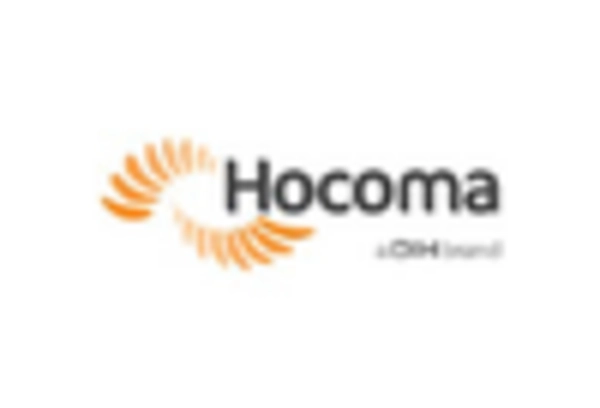

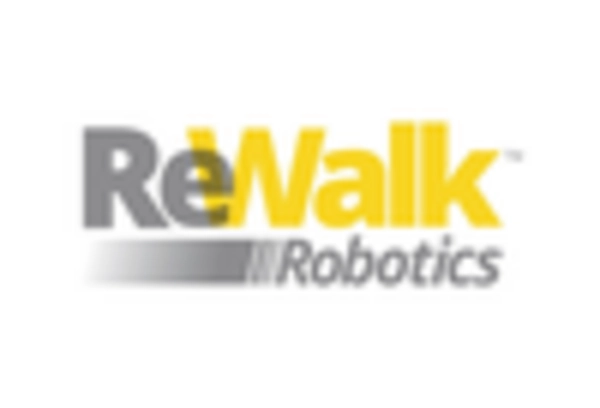








Leave a Comment